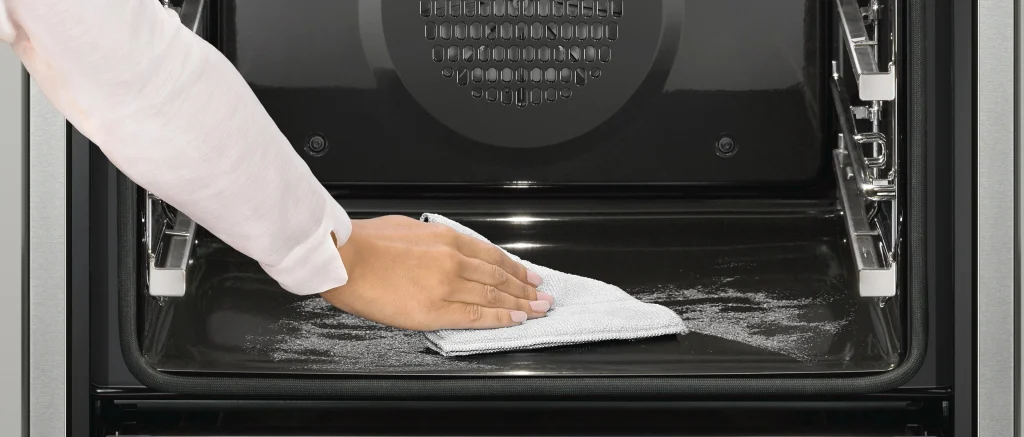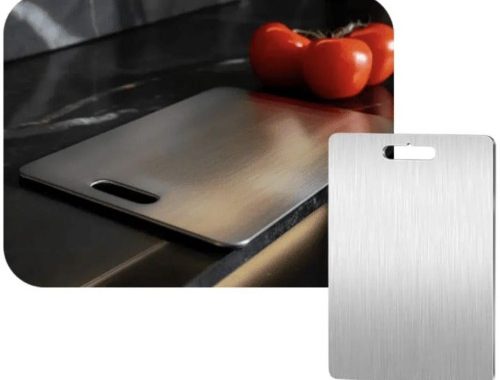
Are Pyrolytic Ovens Safe to Use and Are There Any Risks Associated with Them?
Pyrolytic ovens have become increasingly popular in modern kitchens due to their self-cleaning capabilities. However, many consumers have questions about their safety and potential risks. This blog will explore the safety aspects of Pyrolytic ovens, their benefits, and any associated risks to help you make an informed decision about using this technology in your home.
What is a Pyrolytic Oven?
A pyrolytic oven is a self-cleaning oven that uses extremely high temperatures (usually around 500°C or 932°F) to burn off food residues and grease inside the oven cavity. This process, known as pyrolysis, turns these residues into ash, which can be easily wiped away once the oven has cooled down.
How Does the Self-Cleaning Process Work?
During the pyrolytic cleaning cycle:
- The oven door automatically locks for safety.
- The temperature inside the oven rises to around 500°C.
- This extreme heat burns off food residues and grease, turning them into ash.
- The cycle typically lasts 2-3 hours.
- Once completed and cooled, you can simply wipe away the ash with a damp cloth.
Safety Features of Pyrolytic Ovens
Manufacturers have implemented several safety features to ensure the safe operation of pyrolytic ovens:
- Automatic Door Lock: The oven door locks automatically at the start of the cleaning cycle and remains locked until the oven has cooled to a safe temperature.
- Multiple-Layer Glass Door: Pyrolytic ovens typically have doors with multiple layers of glass to keep the exterior cool during the high-temperature cleaning cycle.
- Temperature Sensors: These monitor the oven’s temperature throughout the cleaning process to prevent overheating.
- Thermal Cut-Off Switch: This safety feature shuts off the oven if it detects abnormally high temperatures.
- Childproof Controls: Many models include childproof locks to prevent accidental activation of the pyrolytic function.
Benefits of Pyrolytic Ovens
- Effortless Cleaning: The self-cleaning feature eliminates the need for harsh chemical cleaners and scrubbing.
- Time-Saving: While the cleaning cycle takes a few hours, it requires minimal effort from you.
- Thorough Cleaning: The high-temperature process ensures a more thorough clean than manual methods.
- Energy Efficiency: Despite the high temperatures, pyrolytic cleaning is generally more energy-efficient than regular oven use over time.
- Improved Hygiene: The extreme heat effectively eliminates bacteria and germs.
Potential Risks and Precautions
While pyrolytic ovens are designed with safety in mind, there are some potential risks and precautions to consider:
- Smoke Production: The high-temperature cleaning process can produce smoke, especially if there’s a significant amount of food residue. Ensure good ventilation during the cleaning cycle.
- Odor: The burning process can create strong odors. Again, proper ventilation is key.
- Heat Emission: The exterior of the oven can become warm during the cleaning cycle. Keep children and pets away from the appliance during this time.
- Energy Consumption: While generally efficient, the cleaning cycle does consume a significant amount of energy in a short period.
- Potential Damage to Oven Accessories: Remove all accessories (racks, trays, etc.) before starting the pyrolytic cycle, as the extreme heat can damage them.
Best Practices for Using Pyrolytic Ovens
To ensure safe and effective use of your pyrolytic oven:
- Read the manufacturer’s instructions carefully before use.
- Remove all oven accessories and large food debris before starting the cleaning cycle.
- Ensure good ventilation in your kitchen during the cleaning process.
- Keep children and pets away from the oven during and immediately after the cleaning cycle.
- Allow the oven to cool completely before wiping away the ash.
- Use the pyrolytic function regularly to prevent heavy build-up of grease and food residues.
FAQs About Pyrolytic Ovens
- How often should I use the pyrolytic cleaning function?
This depends on how frequently you use your oven and how messy your cooking is. For average use, running the pyrolytic cycle every 2-3 months is usually sufficient.
- Is it safe to be at home during the pyrolytic cleaning cycle?
Yes, it’s safe to be at home. However, ensure good ventilation and keep children and pets away from the oven.
- Can I stop the pyrolytic cycle once it has started?
Most models allow you to stop the cycle, but the oven door will remain locked until the oven has cooled to a safe temperature.
- Are pyrolytic ovens more expensive to run than conventional ovens?
While the cleaning cycle uses a significant amount of energy, pyrolytic ovens are generally energy-efficient in the long run, especially compared to the energy and resources used in manual cleaning.
- Can I use oven cleaners in a pyrolytic oven?
It’s generally not recommended to use oven cleaners in pyrolytic ovens. The self-cleaning function should be sufficient for regular cleaning
In conclusion, pyrolytic ovens represent a modern solution to traditional oven cleaning woes. While they are generally safe and efficient, users should be mindful of the high temperatures involved and follow safety guidelines. The benefits of time saved and reduced cleaning efforts often outweigh the minor risks associated with proper usage.
Hi, I’m Rana Madanat and I blog at ranasrecipe.com. My passion for food began very early in my life. And after managing a cafe, a granola business and helping other food businesses scale up, I found my true calling in creating wonderful recipes so that everyone can enjoy cooking as much as I do!
Pinterest: https://in.pinterest.com/ranasrecipe/
Insta: https://www.instagram.com/ranasrecipe/





